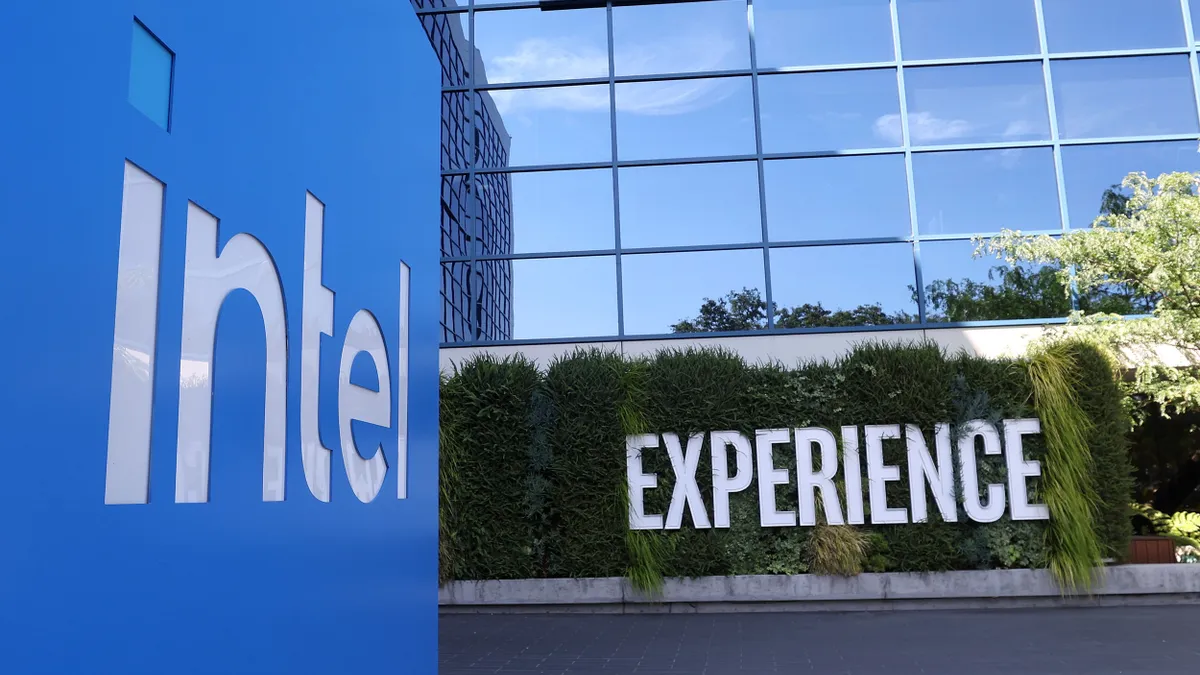Editor's note: The following is a guest article from Forrester Principal Analyst Charles Betz and Analyst Will McKeon-White.
We read a recent article published in the Wall Street Journal with interest. While we agree with the common IT problems outlined in the article, the centralized IT department is not the root cause of bad IT delivery.
Decentralizing IT can lead to unintended and unwanted consequences such as losing the war for talent or improper governance of critical digital systems. The real opportunity lies in rethinking IT delivery practices.
Here's why:
1. Engineers are professionals. Professionals have careers
The article expresses concern with the "corralling" of IT staff into a single organizational unit and also characterizes such staff as uninterested in business outcomes because they "love tech."
First, we'd like to offer a key nuance: Engineers don't "love tech" for itself. Engineers are motivated by their desire to solve problems, often with technology. Sometimes these problems are caused by technology, which complicates things. But more broadly speaking, successful talent management means supporting employees' career interests in diverse domains and aligning them with organizational objectives.
So why is "corralling" staff with similar skill sets into functional organizational units a problem? In the age of the "Great Resignation," talent is key. Engineers skilled in computing, like their colleagues in accounting, law, HR, and marketing, are highly trained and need career paths, mentors, and advocates, like any other professional.
The modern, high-performing digital organization retains "pyramids" of engineering expertise, under a CIO or a CTO.
Marty Cagan, the noted product development expert at the Silicon Valley Product Group who has worked with the largest Silicon Valley unicorns, states, " … [In] the vast majority of strong tech product organizations, the engineers report to experienced engineering managers; the designers report to experienced design managers; and the product managers report to proven managers of product management."
This is the model we see across the modern, digital-native startups and enterprises that the article approvingly cites.
2. Modern enterprises are pivoting to the product-centric operating model
So how do we get past remote, unresponsive, "order-taking" IT? We're in agreement that it's a problem as described in the article: IT departments measured on outputs, not outcomes; annual project budgeting cycles unresponsive to fast-paced market dynamics; and the notorious assumption that requirements can be fully determined up front — one of the most harmful and costly fallacies in IT management.
But these are not new realizations. IT management has been evolving away from these problematic aspects since the Agile movement arose 20 years ago. Nearly 70% of organizations responding to Forrester's Modern Technology Operations Survey, 2021, indicate that they are either undergoing, had completed, or were expanding an Agile/DevOps transformation, as compared to 51% in 2020.
The solution lies not in reorganizing or "getting rid of the IT department" but rather in transforming delivery. A key expression of Agile we are seeing in our recent operating model research is — per the excellent book by Dr. Mik Kersten — the "project to product" transformation.
In the product-centric IT operating model, collaborative, outcome-accountable, cross-functional teams work together to deliver customer-centric, innovative solutions. This means engineering staff are working side by side with marketing, product, operations, service, and even sales professionals, all in the direct service of business goals — no longer is "tech stuff" punted to order-taking IT.
But the product team is not the basis for line management. It is a long-lived, cross-functional, delivery vehicle — a "matrix overlay," in technical terms.
This product-centric trend has been well underway for years now in leading IT departments. Forrester's Modern Technology Operations Survey, 2021, indicates that, on average, organizations perform 31% of their digital work in a product model.
Client inquiries on this approach continue to accelerate. Companies as diverse as Barclays, Target, CSG (Comcast's billing provider), and Nationwide have publicly discussed their transformation to this new model.
3. Setting governance guardrails requires a centralized engineering organization
Turning to the question of governance, consider that, even though managers hire their own employees and manage their own budgets, HR and finance departments persist.
Even as IT as a generic capability becomes more pervasive throughout organizations — a theme in the article that we do agree with — the core of the IT department will continue to play an analogous role to finance and HR.
The stakes are simply too high with digital systems to not have such a point of governance and accountability. The article's author admits that governance guardrails are necessary: establishing standard platforms and languages, security protocols, and the like. Setting such standards requires a centralized engineering organization.
This isn't the first prediction of — or call for — IT's demise. Nicholas Carr famously stated that "IT doesn't matter" in 2003. Yet in the nearly two decades since, IT departments continue, and digital transformation has accelerated.
We've encountered several organizations that have attempted a decentralization — usually a combination of outsourcing and distribution through the business — only to reestablish centralized IT management, perhaps rebranded, at the cost of operational disruption and confusion.
We agree with the thesis that IT departments need to fundamentally reform their engagement and delivery models, and we don't see much future for traditional IT project management or bureaucratic IT service organizations.
But leading organizations we're talking to realize that the imperatives of digital talent management and governance call for some form of centralized engineering capability — regardless of whether it is named "IT" or something else.



















